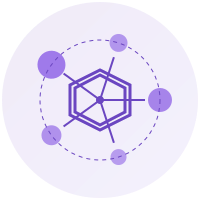Map#
The Map operation in Datatune uses LLMs to transform data in a dataset by generating new fields or modifying existing ones based on natural language instructions.
Basic Usage#
import datatune as dt
from datatune.llm.llm import LLM
import dask.dataframe as dd
# Initialize LLM
llm = LLM(model_name="openai/gpt-3.5-turbo")
# Load data
df = dd.read_csv("data.csv")
# Apply transformation
mapped_df = dt.map(
prompt="Extract country and city from the address field",
output_fields=["country", "city"]
)(llm, df)
# Process results
mapped_df.compute()
Parameters#
prompt (str, required): Natural language prompt describing the desired transformation.
input_fields (List, optional): Specific fields to include in processing. If None, all fields are used.
output_fields (List, optional): Names of new or modified fields to be created. Helps the LLM understand the expected output structure.
name (str, optional): Custom name for the mapping operation.
Metadata#
The Map operation maintains internal columns (prefixed with the map name and suffixed with __DATATUNE__):
{name}_SERIALIZED_INPUT__DATATUNE__: String representation of each row{name}_MAP_PROMPT__DATATUNE__: Complete prompt sent to the LLM{name}_LLM_OUTPUT__DATATUNE__: Raw LLM response
Errored rows are captured in the ERRORED_COLUMN as boolean.
